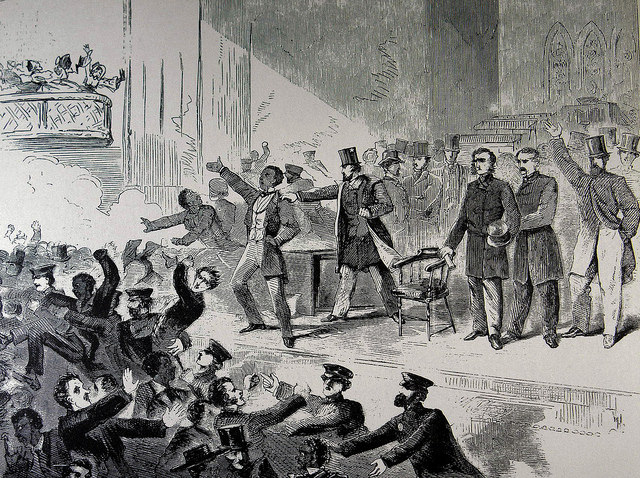
The first Africans arrived in Boston in February of 1638, eight years after the city was founded. They were brought by their enslavers, purchased in Providence Isle, a Puritan colony off the coast of Central America. By the early 18th century there were more than 400 enslaved African Americans in Boston and the beginnings of a free black community in the North End. During the 19th and 20th centuries, Boston’s free African American community worked side by side to end slavery and achieve equal rights. William C. Nell, William Monroe Trotter, David Walker and Josephine St. Pierre Ruffin were among the African American men and women who established businesses, founded newspapers, and inspired generations. You can take part in their remarkable stories by visiting Boston’s Black Heritage Trail®, as well as these sites in the Boston Literary District.